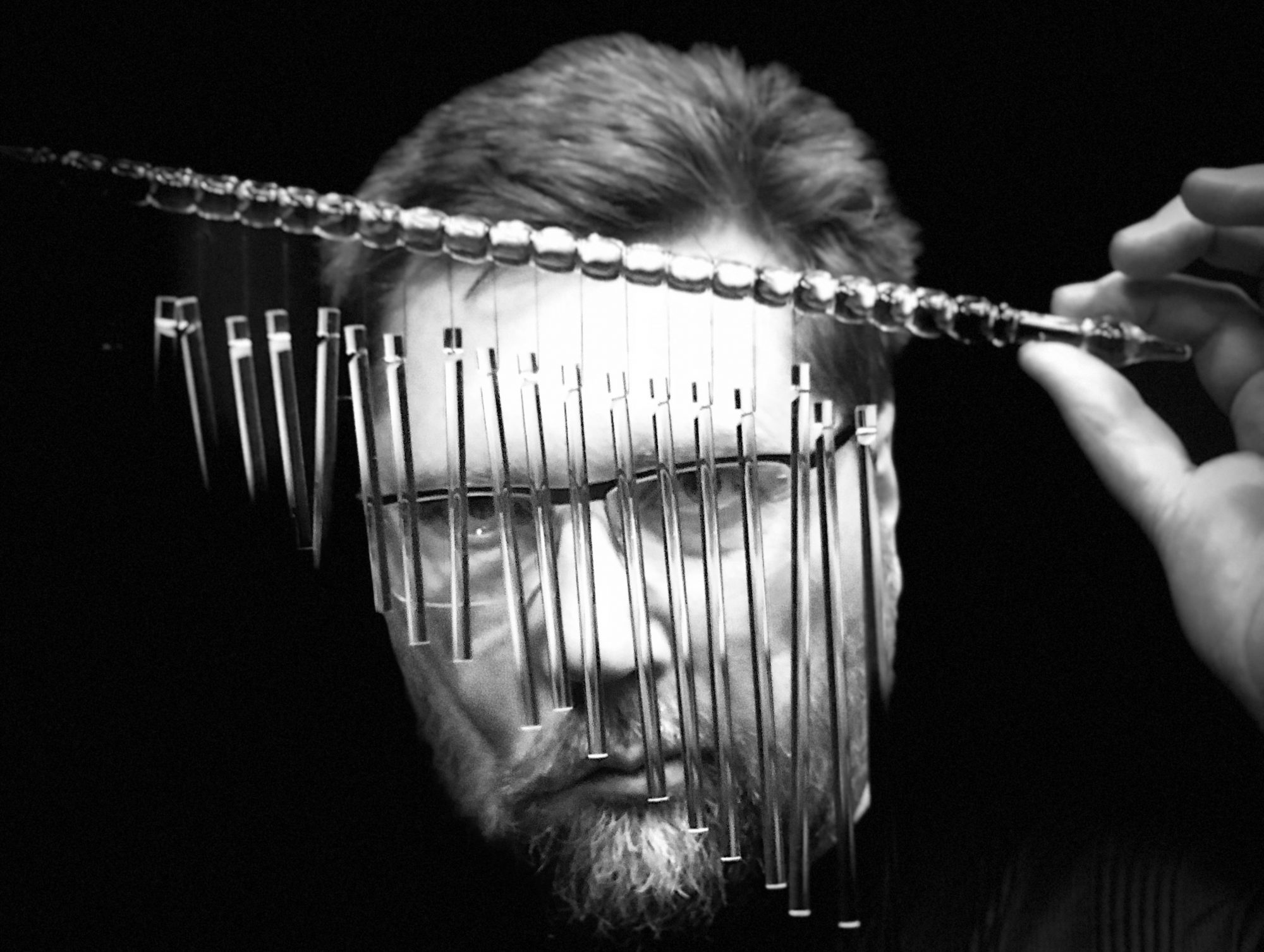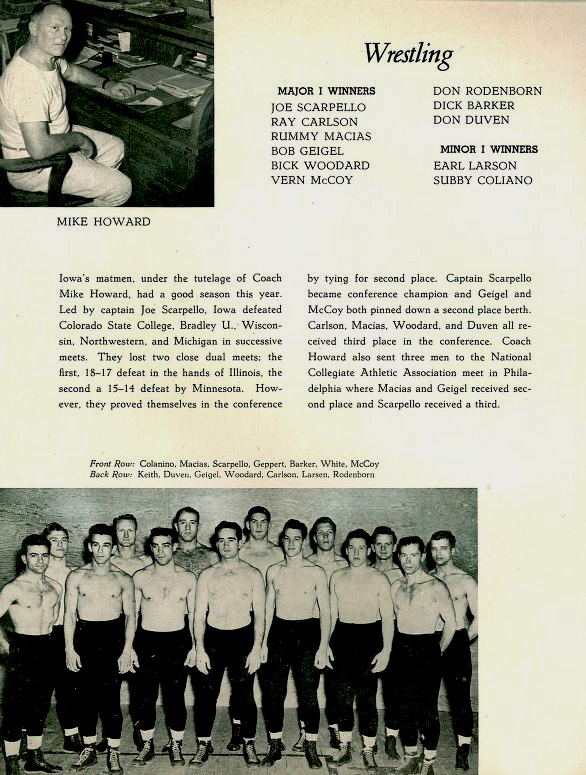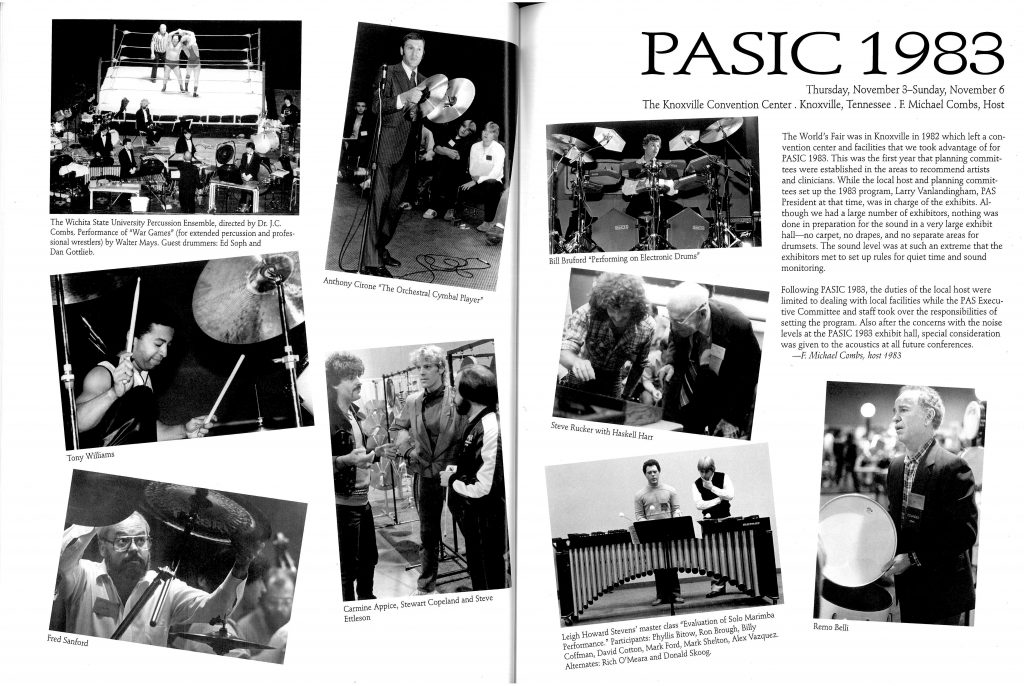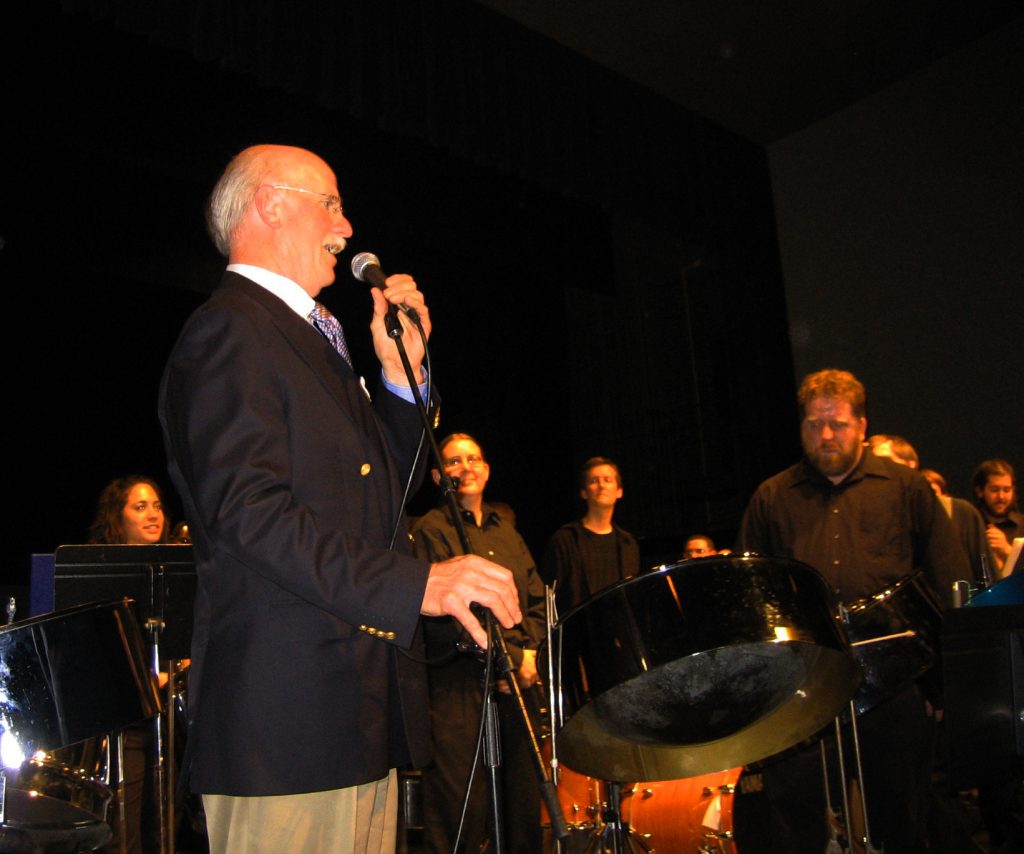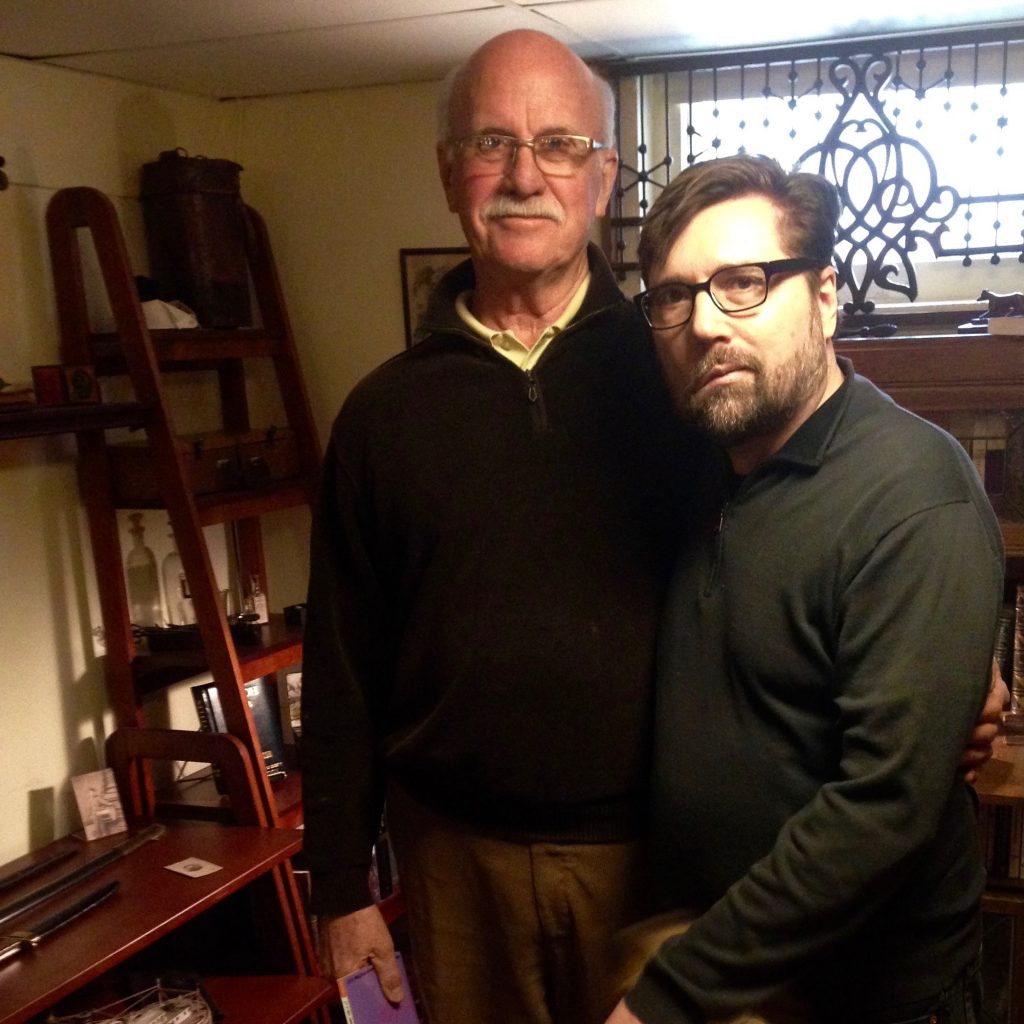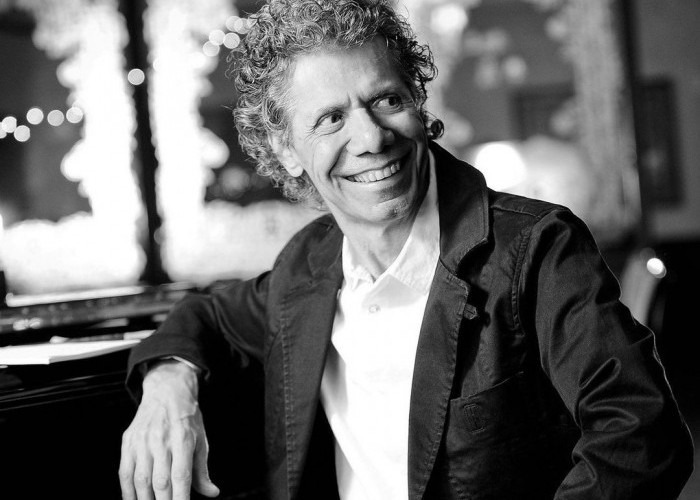
As another year of teaching goes into the record books, I find myself reflecting—perhaps too much—on all the things that went wrong and not enough on the myriad things that went right. I always ask myself every year how it happened that I came to this beautiful place as a teacher. I am blessed with wonderful students who are talented, hardworking, industrious, creative, and (for the most part) disciplined. The words that spring to mind at the end of this particularly rewarding (and yes at times frustrating) school year are authenticity, synergy, empathy, and Taylor Swift. You may ask what these nouns have to do with teaching, or each other for that matter? I’m glad you asked…
Authenticity
I found it fascinating that at the close of 2023, the word authentic ascended to the honor of Word of the Year. Merriam-Webster writes: “A high-volume lookup most years, authentic saw a substantial increase in 2023, driven by stories and conversations about AI, celebrity culture, identity, and social media.” But what does authentic mean for students and teachers, and why are we suddenly so interested?
For as long as I can remember we have been warned by advertisers to “beware of imitations” and “don’t accept substitutes.” We were told that P. T. Barnum once said, “there’s a sucker born every minute,” and nobody wants to be a sucker, so caveat emptor (buyer beware: if your Latin is rusty) became the mantra of the wise consumer. Then we learned that Barnum’s famous quote turned out to be of suspicious origin with many sources noting that the phrase has never been successfully attributed to him. It seems you can’t trust anybody these days.
In a famous television commercial from back in the day, the great actor Ricardo Montalban looked into the camera and told us that in his 1974 Chrysler Lebaron “I request nothing beyond the thickly cushioned luxury of seats available even in soft, Corinthian leather.” We didn’t know what Corinthian Leather was, but if you were going to pay extra for leather seats, then they darn well better be Corinthian. Years later, perhaps in a moment of his own authenticity, Montalban confessed to David Letterman what we likely already knew—Corinthian Leather was just a marketing ploy and not a real thing.
Of course, we want authenticity which is why we always demand “genuine” imitation leather or “real” faux fur. We wanted Naugahyde upholstery harvested from the skin of animals known as Naugas—mysterious creatures who shed their skin without causing harm to themselves. Animal rights groups went nuts until they found out that the mythical Naugas were just a marketing scheme for a synthetic material developed in Naugatuck, CT. You can look up that story for yourself.
Will Rogers warned us that “advertising is the art of convincing people to spend money they don’t have for something they don’t need.” You mean advertising isn’t authentic—say it ain’t so, Joe!
Merriam-Webster goes on to say that “Authentic has a number of meanings including ‘not false or imitation,’ a synonym of real and actual; and also ‘true to one’s own personality, spirit, or character.’ Although clearly a desirable quality, authentic is hard to define and a subject for debate—two reasons it sends many people to the dictionary.”
In the name of authenticity, Elon Musk famously encouraged CEOs and politicians to run their own social media accounts—to speak in a more authentic voice on social media—however the jury may still be out on the success of that idea. Taylor Swift made news talking about her own desire to find her “authentic voice” as she encouraged others to find their “authentic self.”
So is it possible that Taylor Swift’s Eras tour is an object lesson in the power of authenticity? It is described as “a 3-hour journey of discovery for both singer and audience,” and as it turns out, there are lessons to be learned that can inform any organization, business, or musical enterprise.
In a Forbes magazine article, Caterina Bulgarella poses the question: “What happens during an Eras event that makes it so engaging? There is realness, empathy, kindness, listening, a narrative (or journey-like) space big enough for all to partake and feel whole with oneself and others. Take this recipe and break it into three precepts – avoid alienation, increase authentic living, and balance external pressure – and you have a roadmap for creating an Eras-like workplace culture.”
But being authentic isn’t always appropriate and for good reason. Very few of us are able to reveal our true selves in our workplace, in our school, in our ensembles, or as part of a team—at least not without consequence. On the other hand, a little of it can go a long way toward building success, especially when synergy is added to the mix.
Synergy
In my teaching studio we speak often about the idea that we are employee owned and owner occupied. To me this means that success is generated from within. We create our own space for ideation that can come from any member of the studio. As the director of the program, much of the vision, direction, repertoire, and attitude of the studio comes from me, but first I must sell those ideas to my fellow employee owners. Everyone (or most everyone) must believe that the plans we make will advance the educational experience of all members—avoiding alienation and creating synergy. This is a lesson I learned from one of my greatest teachers, Dr. J.C. Combs.
I once told him what a profound experience it was to be a graduate assistant to him during a period of immense creative activity that resulted in many cool, one-of-a-kind musical projects, and how his positive and creative energy led us to so many amazing and memorable musical experiences.
JC Combs and the Wisdom of Words and Wrestlers
But he turned it around on me. To J.C., it was the energy he felt from his students that motivated him. When he got an idea, he was emboldened to pursue it because his students always “took the ball and ran with it.” They not only embraced his (often outrageous) schemes, but they also added their own ideas along the way. They became part of the creative process. It was this positive energy loop that was responsible for many of the remarkable projects accomplished by J.C. and his students. Add synergy to authenticity and you begin paving the way to creativity.
But increasing authenticity can be a tricky thing. In our studio, everyone is free to be themselves—as serious, goofy, quiet, quirky, or loud as they like—but there must also be guardrails. I often hear professors boasting about the “family” environment of their studio yet there is a flaw in this analogy. In a filial setting, many terrible words can be passed between siblings or between a parent and a child without lasting damage (in most cases), but in a professional setting one must take care about what you say to, or about, a colleague. Sometimes being too authentic can be hurtful to others making it impossible to recover a functioning work/school relationship, so there must also be empathy.
Empathy
Speaking about empathy, Bulgarella quotes Microsoft CEO Satya Nadella saying, “empathy is not a soft skill… it’s the hardest skill we learn—to relate to the world, to relate to people that matter the most to us.” Bulgarella goes on to say that “authenticity is a learning process that unfolds through empathy and listening, but also one that rests on openness and inclusion. Accepting and owning our own uniqueness is part of accepting and celebrating that of others.”
Balancing external pressure is perhaps the most difficult sea to navigate. A fault that many teachers have is believing that theirs is the only class a student should care about or prepare for. Understanding that students are often pulled in many different directions for a variety of reasons including graduation requirements, responsibilities at home, and countless other internal and external pressures is important to keep in mind when dealing with stressed out humans. Empathy is a key component to enable synergy and authenticity.
Perhaps the most important outcome of combining authenticity, synergy, and empathy is that, when mixed properly, it leaves the owner occupants excited to see what will come next in our musical journey together. As for me, I can’t wait for the next semester! Even if I am still not a Swiftie.
A Parting Shot
Here is just one example of what is possible when authenticity comes together with synergy and empathy to open the door to creativity.
Challenge: Can we take a classic percussion ensemble composition written for eleven players and perform it with just four people?
Answer:
Citations:
Contributor, Word of the Year 2023, Merriam Webster
https://www.merriam-webster.com/wordplay/word-of-the-year
Quote Investigator, There’s a Sucker Born Every Minute, PT Barnum
Bulgarella, Caterina, Three Ways To Tap Into Taylor Swift’s Authenticity And Build An Eras-Like Workplace, Forbes online, 2023
